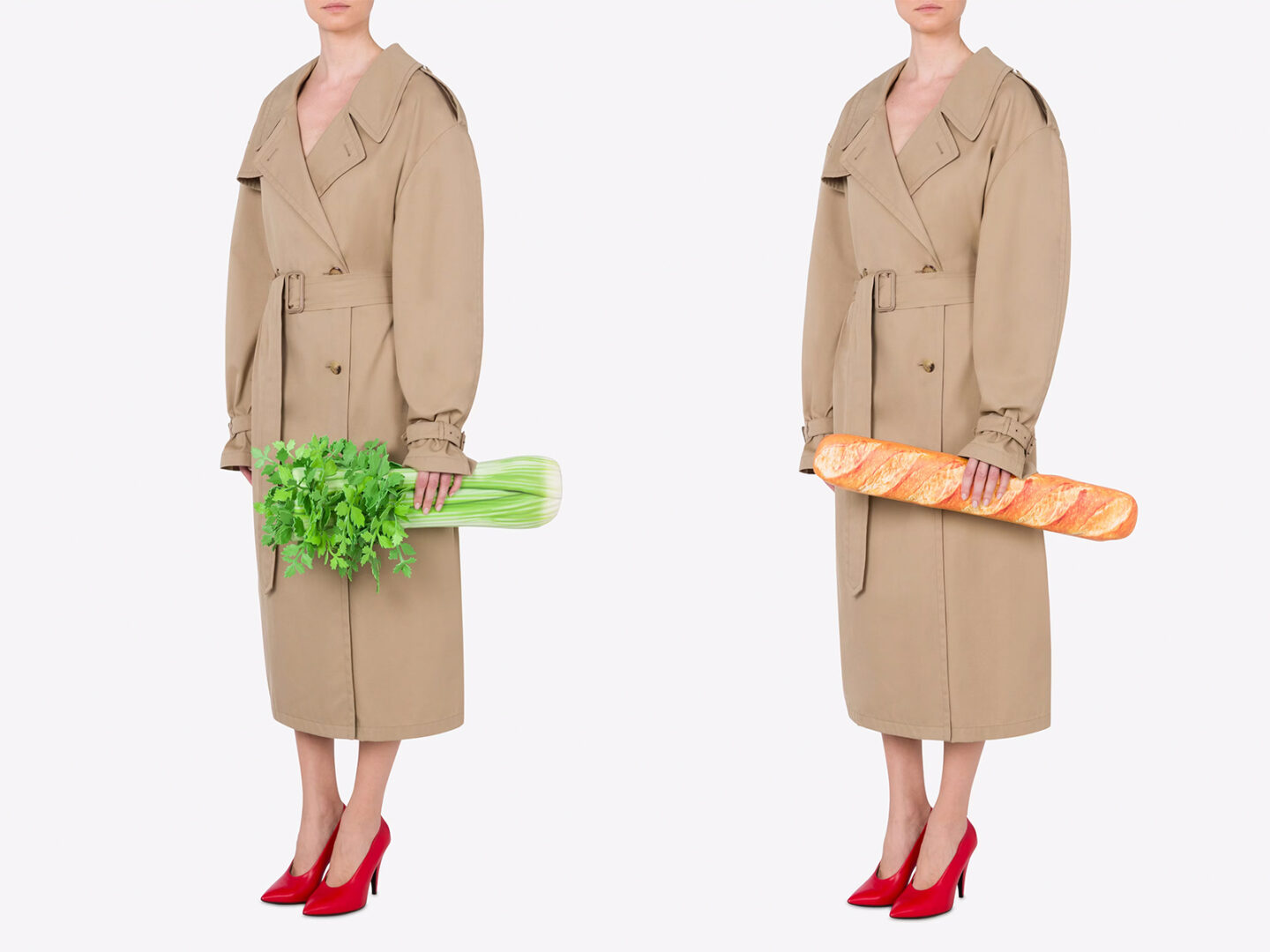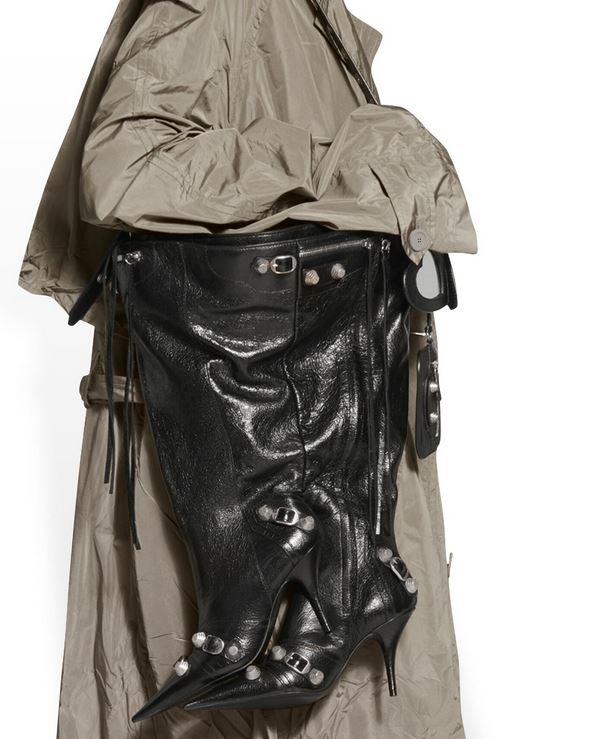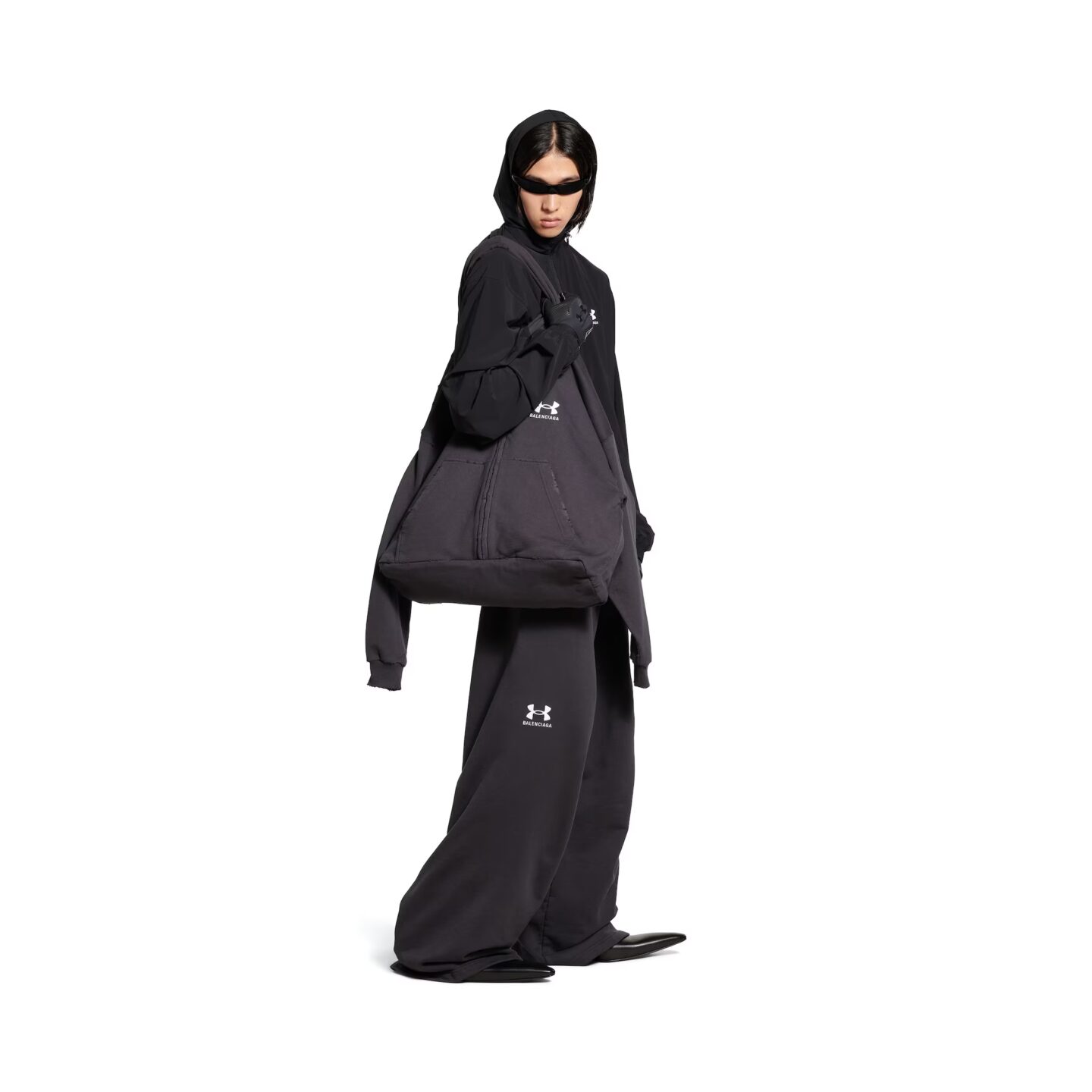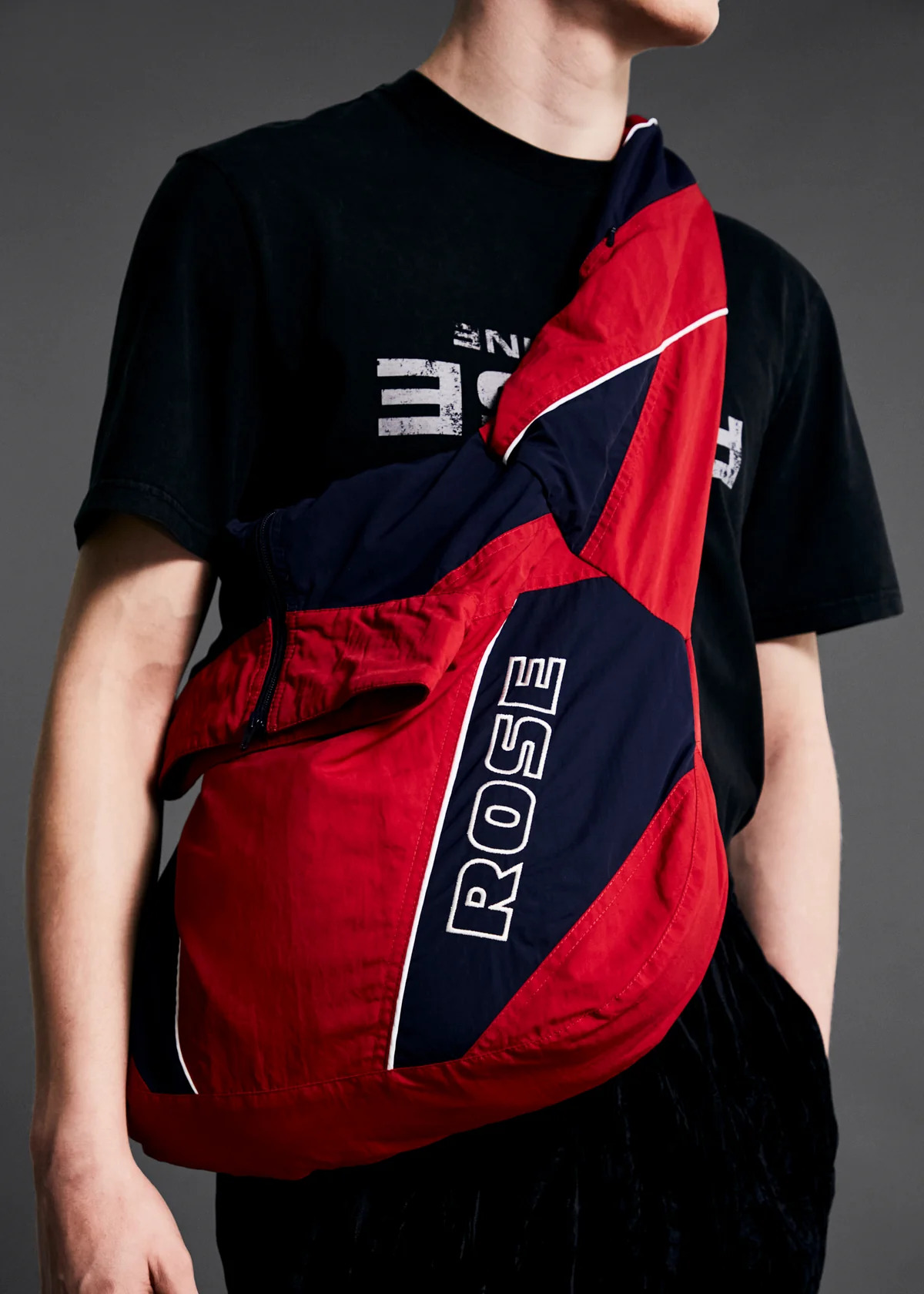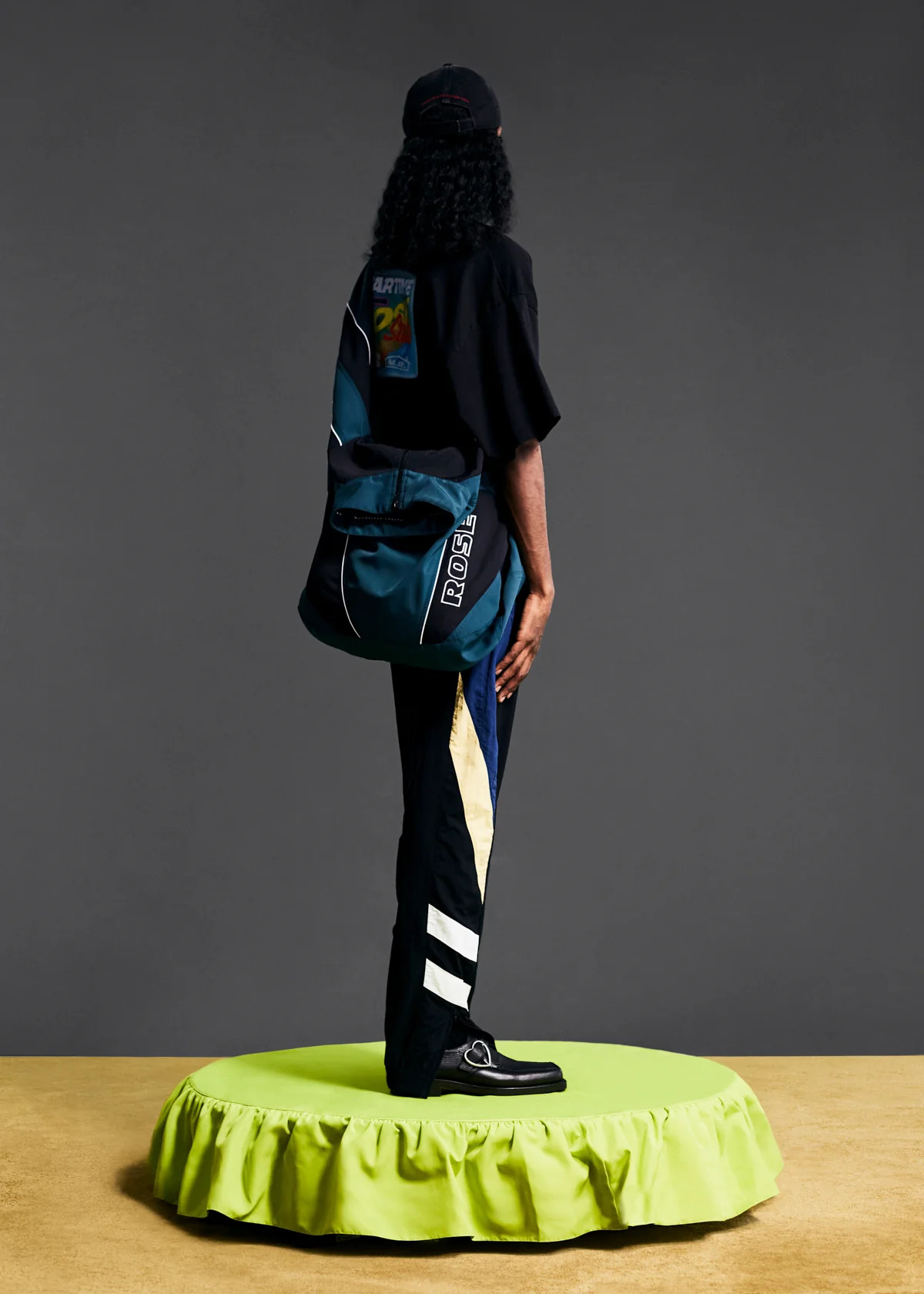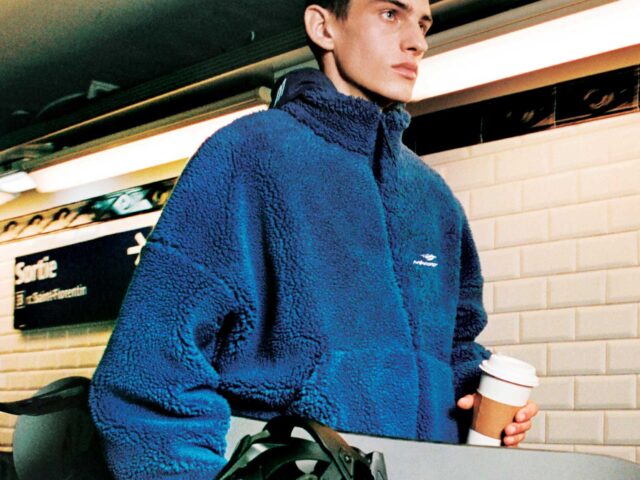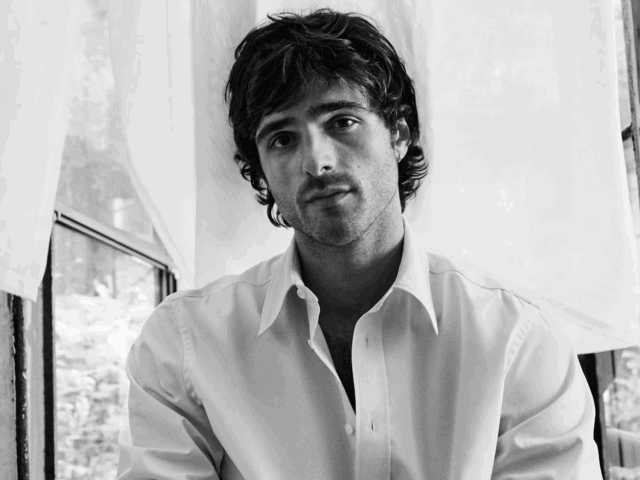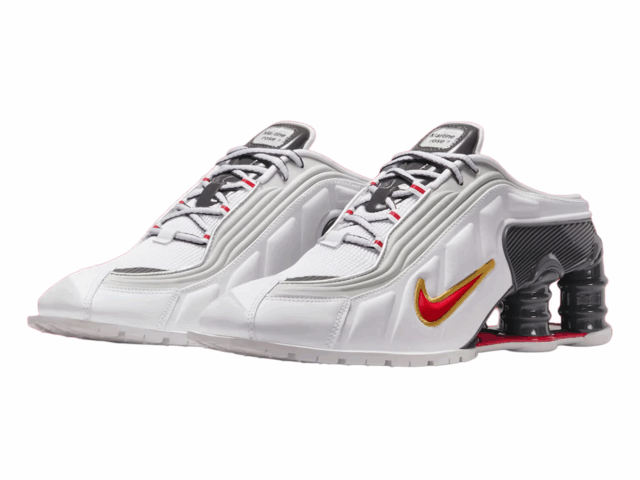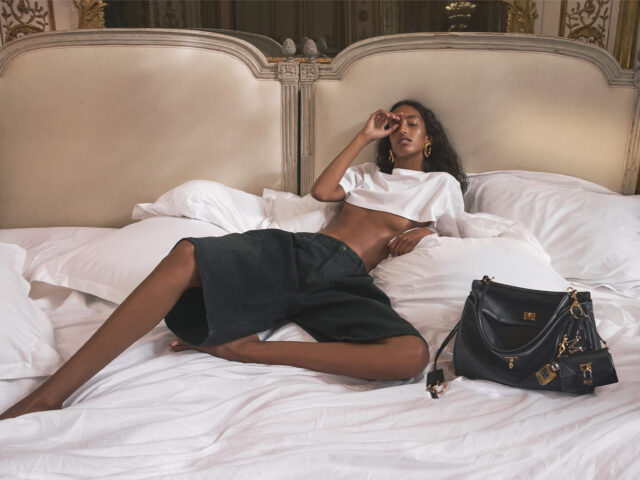It could be a trench coat, a dove, a dog or a book but… no, it’s a bag! Dali himself would be proud of what brands have achieved in recent times, creating pieces that break with the logic of traditional luxury consumption and take irony and surrealism to the extreme. Bottega Veneta, Balenciaga, JW Anderson and Moschino, as the leaders in making these bags that don’t look like bags, propose pieces in which the attention to craftsmanship is just as rigorous as in any other of their accessories. The question many of us ask ourselves is: why are these types of pieces dominating the industry? The answer is twofold: the irony is a reflection of the desire to innovate within an industry that has seen it all, and at the same time it becomes a criticism of the exaggerated consumption that predominates in the fashion world.

Pre-Spring 2025 of Bottega Veneta featured a giant bag inspired by “Richard Scarry’s Biggest Book Ever”, while Balenciaga’s SS25 proposal surprised with a handbag in the shape of a hoodie. Are they functional? Not always, but therein lies their charm. It’s a display of irony and creativity, a nod to the consumer who understands the game. Moschino, both in the past under Jeremy Scott and now under Adrian Appiolaza, is no slouch. In his recent collection, accessories transformed into everyday objects such as detergents, celery sticks and even his baguette bag, which has been a sales success.
It is also inevitable not to think of Demna Balenciaga, who has become one of the main players in this concept, transforming Lays potato packets, garbage bags, or even trench coats, boots, motorcycle gloves and shoes, into perfectly wearable bags.
At the forefront of this trend is also JW Anderson, who has revolutionized this niche market with his hyper-realistic creations for bags such as the Pigeon Bag, or the hedgehog, or others such as the baseball cap in the form of a purse-purse. LOEWE’s creative director has managed, through these designs, both in his eponymous brand and in the luxury house, to connect with a public that appreciates both quality craftsmanship and a sense of humor. Luxury thus finds a new face in irony: that of the impossible object, one that defies its own purpose.
Martin Margiela may have pioneered the bag-not-bags concept with a 1999 handcrafted collection of college sweaters tied together as handbags, which can still sell for up to $4,000 today. Like Margiela in his time, designers like Martine Rose reinterpret garments like the tracksuit jacket and transform them into practical handbags. Rose took this idea to the limit in her FW24 collection, with a shoulder bag in the shape of an eighties athleisure jacket.
Is this more of a symptom that fashion was bored? Probably yes. Perhaps it’s a form of escapism from an industry that right now lives obsessed with quiet luxury and sobriety to attract consumers. The bag-not-bag mocks luxury fashion by subverting the very structure on which it is based, and challenges the user to rethink what makes an object desirable or necessary.
Ultimately, in a market saturated with reinterpretations of the classic, these bags stand out precisely because of their irreverent nature. Thus, the hyper-realistic, or the absurd at times, becomes a tool for reinvention, prompting luxury and fashion houses, after all, not to take it too seriously. This game has become a tool of reinvention for designers, but also a way to make the consumer reflect, perhaps on how superfluous and banal luxury can be.
Sigue toda la información de HIGHXTAR desde Facebook, Twitter o Instagram
You may also like...
